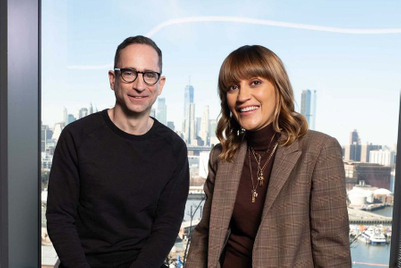
The seventh edition of INMA South Asia conference is currently underway in New Delhi. The theme of the two-day conference is ‘Print: Thriving in the age of digital’.
Speaking at a panel on ‘What does a New Media house look like?’, Rajiv Verma, CEO, HT Media, reasoned, “It is important to look at the role of media houses in India. We have been in existence for more than 100 years, and have successfully continued to embrace technology.” He cited Google as one of the successful media houses today.
Amit Dixit, senior MD, Private Equity Group, Blackstone, pointed out that the trend in ‘New Media’ houses, or media houses that have adopted new technology in their news rooms and processes, is towards customisation. “The learning in the last 10 years is targeting micro-customisation, which implies re-inventing rest of your media to target customer and advertiser.”
On the online versus print debate, he added, “It is important to understand the nuances of Indian media business models. The classifieds, which form a major chunk of ad revenues in developed markets, is hardly 5 per cent of revenue in print media here. The Indian business home delivery model for newspaper is very cheap, averaging around Rs 2.50, while for NYT it is $2.20.”
The other trend Dixit made note of was about news media’s customisation by age: “McKinsey study noted that readers below 35 years prefer getting news from internet, while people above 45 years prefer newspapers. Now, when you look 20 years ahead, you can see that news consumption will change.”
Devendra Parulekar, partner, advisory services, EY, noted that as new media takes shape, content generation and aggregation would be impacted. He also pointed out that it would take another six to seven years before technology becomes disruptive, in India.
Verma of HT pointed out that media houses should change at the pace of society or remain ahead of it, whilelearning from other markets. While he said that given a green field and no shareholders to answer to he would invest in a digital company, Dixit said that as an investor the decision would be different. He added, “I would still bet on TV and print in India. According to AdEx, digital is less than 5 per cent of the media pie. It is still decades away that online would make a dent in India.”
On leveraging financial benefits of the medium, Dixit cited examples of New York Times and The Wall Street Journal that have established success models in digital. “In the last three years, 18 pay walls have been launched (in the West). Most of them have not been successful. Times London failed, as it established a ‘Berlin Wall’ (cannot access content without paying). But NYT succeeded due to ‘Metered Wall’ (free plus premium content). Part of the success can also be attributed to language, which is understood and accessed globally. German newspapers are finding it difficult as well,” he said.
Noting how videos in digital content work 10 times better than banner ads, he cited ‘applications’ as another innovation that was leading the digital media.
Also read:
INMA South Asia conference: ‘India is not America 20 years ago or 20 years hence’
INMA South Asia conference: ‘Any company that doesn’t have financial leverage will fail’



.jpg&h=334&w=500&q=100&v=20250320&c=1)



.jpg&h=334&w=500&q=100&v=20250320&c=1)
.jpg&h=334&w=500&q=100&v=20250320&c=1)


.jpg&h=334&w=500&q=100&v=20250320&c=1)








